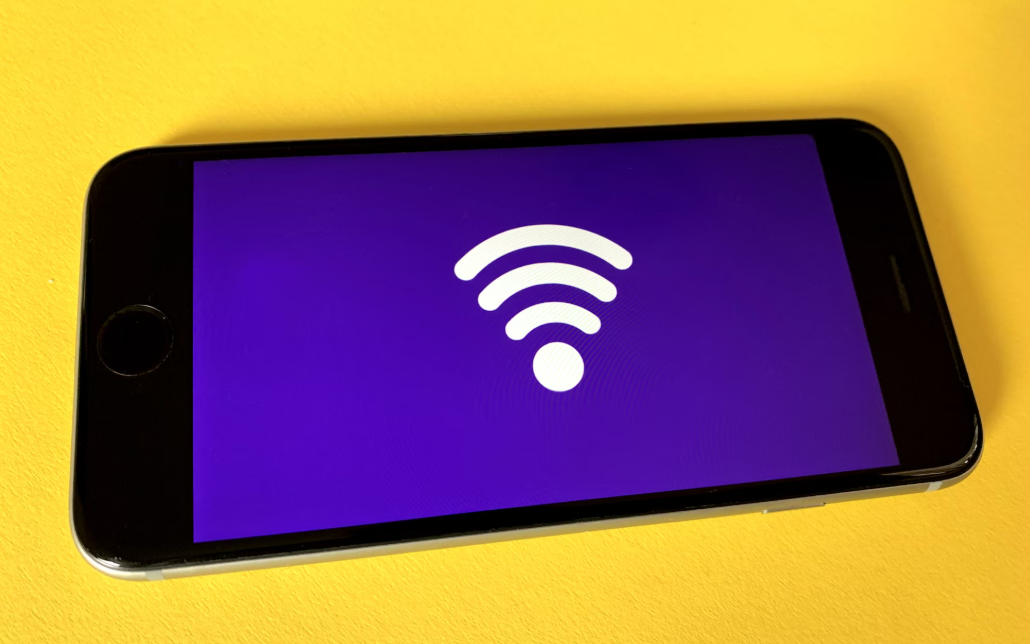The Transformation of IPLC: Revolutionising Global Business Connectivity
-
April 7, 2025
-
6 min read

International Private Leased Circuits (IPLCs) have been the cornerstone of global telecommunications, allowing organisations to transmit data securely and reliably across international borders. As technology, infrastructure, and service delivery models have advanced, traditional dedicated circuits have been replaced by modern, sophisticated network solutions. This is a remarkable marker for IPLC in telecom evolution.
In this article, we’ll look at the evolution of IPLCs, exploring how they’ve adapted to meet the changing needs of businesses. We’ll also examine the key features and benefits of contemporary IPLC solutions, such as those offered by Airtel’s International Private Leased Circuit (IPLC), and how they’re empowering organisations to thrive in the global digital economy.
Traditional IPLC: Dedicated Point-to-Point Connections
Before IPLCs telecom evolution, establishing international communications using private leased circuits was a complex process. IPLCs were dedicated point-to-point connections established between two or more locations through agreements with telecommunications providers. This meant that organisations had to contact multiple carriers in different countries, each with their own billing and management systems. This complexity not only increased costs but also made it challenging to ensure consistent service quality across borders. Here’s a closer look at some key features of traditional IPLCs:
- Leasing a Circuit: Organisations would lease a specific circuit, determining the required bandwidth, location endpoints, and the duration of the lease.
- Dedicated Connection: Once established, the IPLC provided a dedicated bandwidth connection, ensuring consistent performance and minimal latency since data traffic did not compete with other users.
- End-to-End Data Transmission: Data was transmitted directly through the leased line, minimising exposure to public networks and enhancing privacy and security.
- Guaranteed Bandwidth and Performance: Traditional IPLCs offered guaranteed bandwidth and high-speed data delivery, with consistent availability, reliability, and performance.
The Evolution of IPLC Infrastructure
Over the years, the infrastructure supporting IPLCs has undergone significant transformations, enabling faster, more reliable, and more secure global connectivity.
From Landlines to Undersea Cables
Initially, IPLCs relied on landline cable systems and satellite connections. However, the advent of undersea cables has greatly enhanced global connectivity, reducing latency and increasing bandwidth capabilities. Submarine cable networks form the backbone of modern international telecommunications, carrying the vast majority of global internet traffic.
Submarine Cables: The Arteries of Global Connectivity
Modern IPLCs leverage extensive networks of submarine cables, which provide robust global reach and minimal latency. Presently, certain service providers utilise an extensive number of submarine cables spanning over tens of thousands of route kilometres across countries and continents. These cables, along with multiple cable landing stations, ensure high-capacity data transmission across oceans with exceptional reliability and speed.
Advanced Routing and Optimisation
Contemporary IPLCs employ advanced route optimisation capabilities, bypassing traditional routes to ensure faster data delivery. This is crucial for applications requiring low latency, such as VoIP and video conferencing. By dynamically selecting the most efficient paths, modern IPLCs can significantly reduce latency and improve overall network performance.
The One-Stop Shopping (OSS) Model
Another IPLC in telecom evolution milestone was the introduction of the OSS delivery model. This model has greatly simplified the process of acquiring IPLC services, allowing organisations to place a single order with a single carrier for multiple private leased circuits across different countries. The OSS model eliminates the need to negotiate with multiple carriers and streamlines billing processes, making it easier for businesses to establish and manage their global connectivity.
Modern IPLC Features and Advantages
Since IPLCs telecom evolution, these solutions have incorporated a range of advanced features and benefits that cater to the diverse needs of modern businesses:
- Dynamic Load Balancing: Modern IPLCs include dynamic load balancing to optimise performance and ensure uninterrupted operations. This feature automatically distributes traffic across multiple paths, minimising the impact of any single point of failure and ensuring consistent network availability.
- Flexible Bandwidth Scaling: Businesses can choose from a wide range of bandwidth options, allowing them to scale their connectivity as their data needs evolve. This flexibility enables organisations to adapt seamlessly to changing business requirements and growth.
- Enterprise-Grade Support: Contemporary IPLCs often come with 24/7 operational assistance, ensuring consistent network reliability and support. Dedicated support teams and service level agreements (SLAs) guarantee rapid issue resolution and minimal downtime.
- Enhanced Security: Modern IPLCs emphasise robust data protection, offering advanced encryption capabilities, compliance-ready solutions, and enhanced control over data transmission. These security measures are essential for businesses handling sensitive information and operating in regulated industries.
The Future of IPLC: Emerging Trends and Possibilities
As IPLC in telecom evolution continues, we can expect to see several emerging trends and possibilities:
- Integration with 5G Networks: The integration of IPLCs with 5G networks will enable even faster data transmission, lower latency, and enhanced network slicing capabilities, further optimising performance for specific applications.
- Software-Defined Networking (SDN): The adoption of SDN in IPLC networks will allow for more flexible, programmable, and automated network management, enabling businesses to adapt quickly to changing connectivity requirements.
- Edge Computing Integration: As edge computing gains traction, IPLCs will play a crucial role in connecting edge data centres and enabling low-latency data processing closer to end-users, enhancing the performance of latency-sensitive applications.
How Airtel Exemplifies IPLCs Telecom Evolution
Airtel’s IPLC solutions are a prime example of how IPLCs have evolved to meet the demands of modern businesses. With a global network spanning countries and continents, Airtel’s infrastructure ensures robust global reach and minimal latency.
Airtel’s IPLCs also offer advanced features such as dynamic load balancing, flexible bandwidth scaling, and enhanced security measures, including advanced encryption and compliance-ready solutions. These capabilities, combined with other facilities provided by Airtel and its extensive global network, make their IPLC solutions an ideal choice for businesses seeking secure, reliable, and high-performance international connectivity.
The evolution of IPLCs from traditional dedicated circuits to modern network solutions reflects significant advancements in technology, infrastructure, and service delivery models. As businesses become increasingly reliant on secure, high-speed international connectivity, the role of IPLCs in enabling global operations and driving digital transformation has never been more critical.
Modern IPLCs, such as those offered by Airtel Business, provide guaranteed bandwidth, low latency, advanced security features, and flexible scalability, making them essential for businesses operating in today’s interconnected global economy. By leveraging these cutting-edge solutions, organisations can enhance their global reach, improve operational efficiency, and secure their sensitive data as it traverses international networks.
 Share
Share









